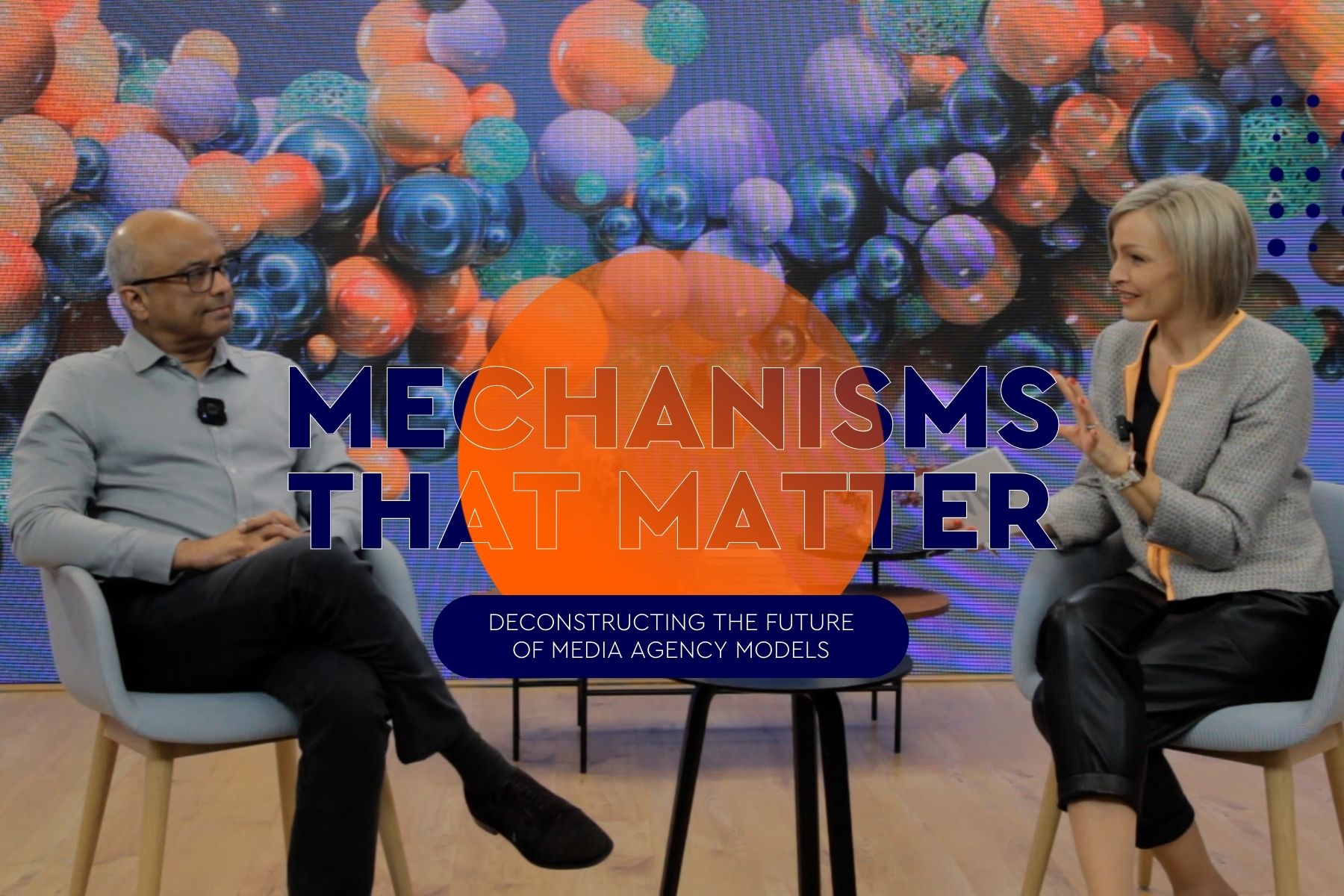
The gradual shift from age and gender to audiences
Media owners and marketers are showing signs they want change
Most of the world’s largest marketers focus on age and gender when they plan and buy media. This is especially true for campaigns designed to build brands, and even more so for those which rely on video. To meet this focus, demographically based audience guarantees were established as a standard transaction term, and they persist as a means for helping marketers prioritise inventory.
Trading media based around audiences within a limited range of age and gender had innate appeal when media companies began offering delivery guarantees, most notably in the 1960s’ US television market. At the time, marketers had relatively unsophisticated ways of identifying their target audiences – and probably didn’t need to, given the novelty and intentionally widespread appeal of many of their products. Over time, new brands targeting narrower groups of people emerged, and existing brands evolved their businesses to focus more on their customers’ and prospects’ differing characteristics. These attributes included life-stage, complementary product ownership, geography or any of myriad other elements.
Media owners and marketers are indicating they want change. While television-based media owners were probably content to trade as they did through most of the 20th century, over the past two decades many of them began to express an interest in moving away from age and gender-based conventions. Core demographic groups (adults 18-49 or 25-54) weakened while broader audiences strengthened; media owners generally came to believe that they could sell their inventory more efficiently if they were better aligned with the criteria marketers actually use in their business planning. Increasing numbers of buyers – agencies and marketers’ media directors – were inclined to believe alternative media trading conventions could be superior, especially if they helped to manage media budgets more efficiently. The proposition was also potentially going to appeal to consumers, particularly if advertising was made more relevant to viewers’ actual needs and interests.
But change is difficult; TV media buying conventions are mostly fixated on age and gender for very practical reasons. Even where marketers have changed how they manage their businesses, sources of friction within media buying processes persist. They include marketers’ need to establish and beat historical media pricing benchmarks; the belief that propensities to buy products are formed during specific ages; the difficulty of demonstrating that changing approaches and workflows can offer tangible benefits; and the need to determine new approaches to allocating budgets. Making all of this harder are a number of factors: the limitations of attribution modelling; the long time-horizons required to properly assess alternative approaches; and the inability (or unwillingness) of many large brands to properly perform the controlled tests required to prove the value of such changes. All of these elements help to explain why demographic conventions persist.
Change will be incremental unless marketers and media owners take bigger risks. None of this is to say that audience-based buying will not become increasingly important. As the younger demographic groups that advertisers focus on continue to account for falling shares of TV audiences, and as reach and frequency-based metrics become increasingly expensive and harder to manage against these groups, marketers will look more urgently for new ways to prioritise their media investments. While in any given year some marketers will make changes because of these factors, the fragmented nature of marketers relative to media owners means that no one marketer can cause a significant change in the industry.
By contrast, the supply side – media owners – are better positioned to drive through changes more widely and more rapidly, at least in theory. For example, they can refuse to offer audience guarantees based on age and gender. This is already occurring on a small scale – some media owners refuse to offer audience guarantees against adults 18-34 because delivery can be so hard to predict. Doing this across all of a network owner’s properties would be very risky. Some marketers who are unable to alter their internal conventions might initially shift spending to other media owners. However, this would concentrate demand with those advertisers who do offer guarantees and cause the recalcitrant marketer to effectively pay higher prices. In time, marketers would be compelled to adjust tactics, at least if the inventory now only available on a non-age-gender-basis was sufficiently significant. Alternatively, a media owner could potentially reduce the risk of revenue loss by finding ways to incentivise marketers to make changes – while incurring significant one-off costs. Either way, bold actions are needed to accelerate change in the industry.
The transition away from cookies in digital advertising may show what a ‘big bang’ looks like. An interestingly similar experiment is likely to play out in digital media over the next couple of years. With news that Google is planning to deprecate (phase out) cookies from its dominant Chrome browsers (following similar actions from other browsers), marketers are going to be forced to establish alternative ways to target, measure and manage the audiences they buy online. The similarities to television’s issues with age-gender targeting could be even stronger when we consider the widely-known limitations and flaws of using cookies. Nonetheless, the industry still needs a push to abandon them altogether.
Change is typically incremental in any industry. This is especially true in advertising, as the industry is dependent upon marketers whose organisations are complex, both internally and across external partner relationships. Radical changes can eventually take root, but only if they are widely viewed as superior to the alternatives. Companies looking to drive change quickly need to demonstrate its advantages, or find ways to make the alternatives look worse. Failing that, change will occur, but the pace will likely be gradual.
published on
13 February 2020
Category
More in Communications

Mechanisms that Matter – How India is fuelling growth for global brands
CVL Srinivas tells Anna Hickey how WPP Open is fuelling a testbed for new working models, innovation, and automation.

Media in India: the future is now
Brands pursuing the Indian market must focus on personalised experiences and data-driven strategies

Mechanisms that Matter – Inside our partnership with Google
Richard Hartell, WPP’s Global Client Lead for Google and CEO at Media Futures Group, talks to Anna Hickey

